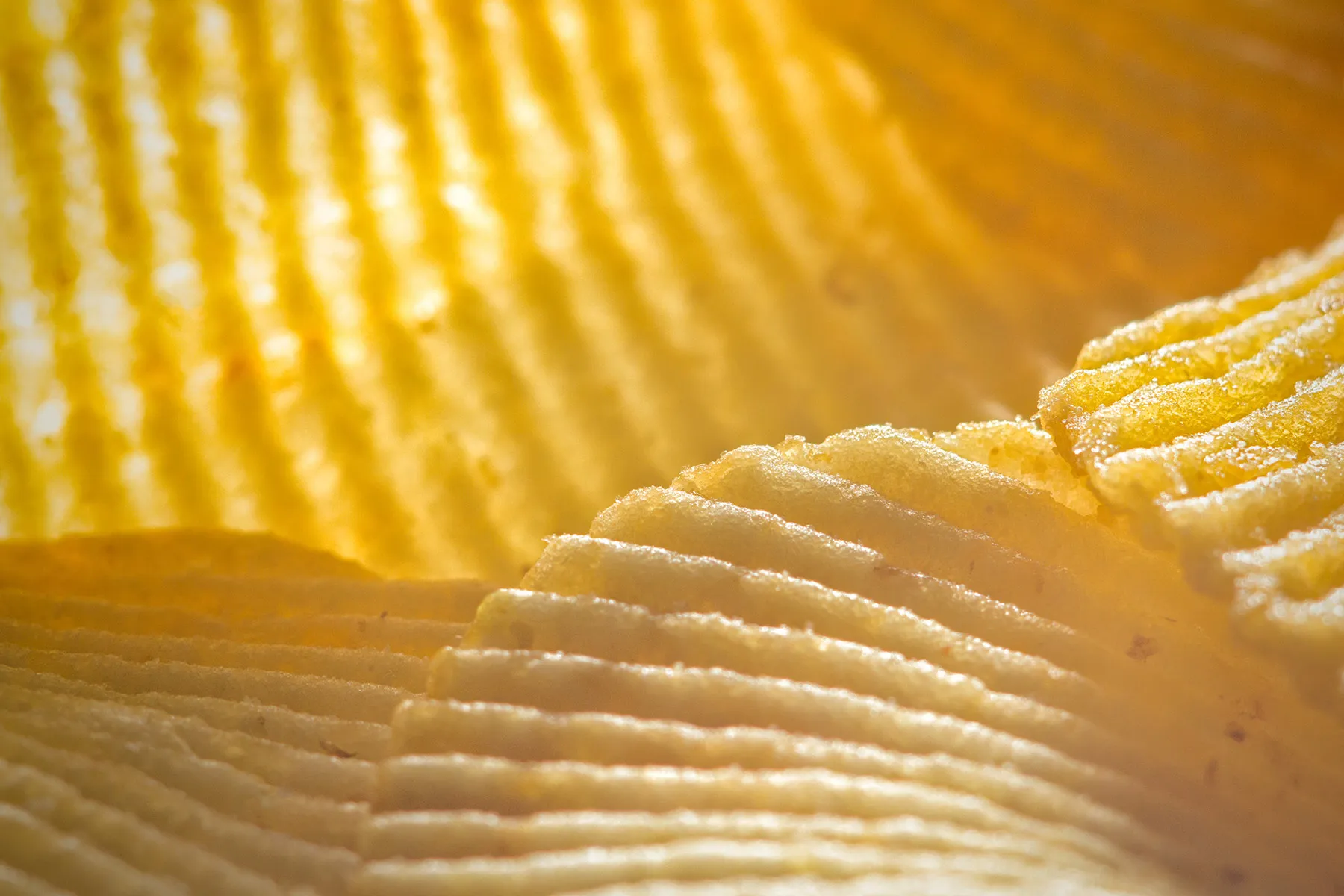bernard
THEE Realist
Restaurant Food
The shrimp fried rice at your favorite spot might be amazing, but it’s likely full of sodium. Research suggests most of the sodium in U.S. diets comes from restaurant and packaged foods. Look for low-sodium menu options or ask the chef to make your meal without salt. Try other flavors instead, like lemon juice on fish and veggies. Most adults should eat no more than 2,300 milligrams of sodium a day. That’s one teaspoon.
Frozen Meals
They’re fast and convenient. But they’re also loaded with sodium, so it’s best to avoid them. If you need something quick every once in a while, look for options with 600 milligrams of sodium or less.
Salty Snacks
Most chips, crackers, and popcorn are high in sodium. For instance, a 1-ounce serving of plain potato chips has about 50-200 milligrams. Try low- or no-sodium nuts, seeds, chips, or pretzels when cravings hit. Or try fresh carrots or celery sticks for a satisfying crunch.
Pickled Foods and Their Juices
Kimchi, sauerkraut, and other pickled or brined foods often pack plenty of sodium. Three ounces of pickle juice has about 900 milligrams, depending on the brand. Try to limit the amount of pickled foods you eat. And try marinades made from vinegar, pineapple juice, or citrus fruits like lemons, limes, and oranges. They add a tart flavor with less sodium.
Bread
It doesn’t taste salty, but it’s got plenty of it. One slice of white bread has between 80 and 230 milligrams. The next time you make a sandwich, reach for whole-grain bread, an English muffin, or a tortilla to cut back on sodium. You can also eat your sandwich “open-faced” with just one slice.
Worst Foods for High Blood Pressure
Diagnosed with high blood pressure or trying to avoid it? Stay away from these foods.
